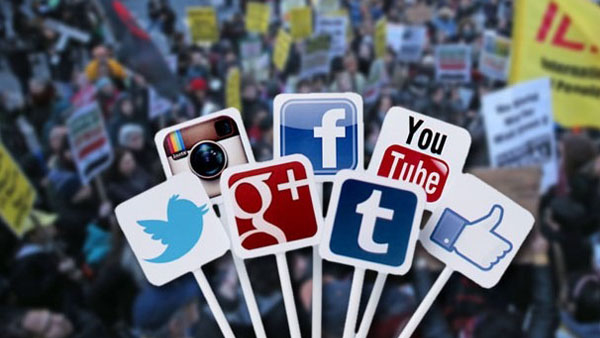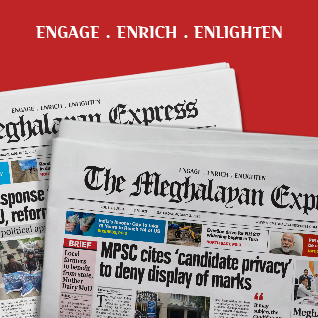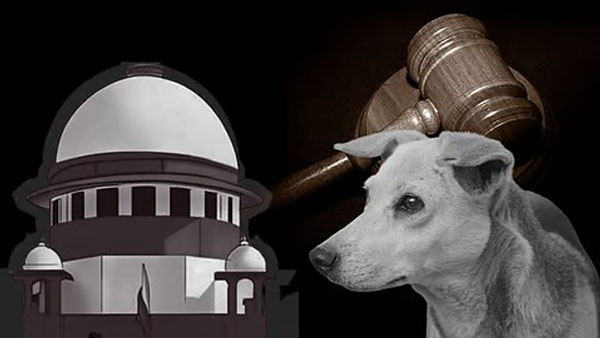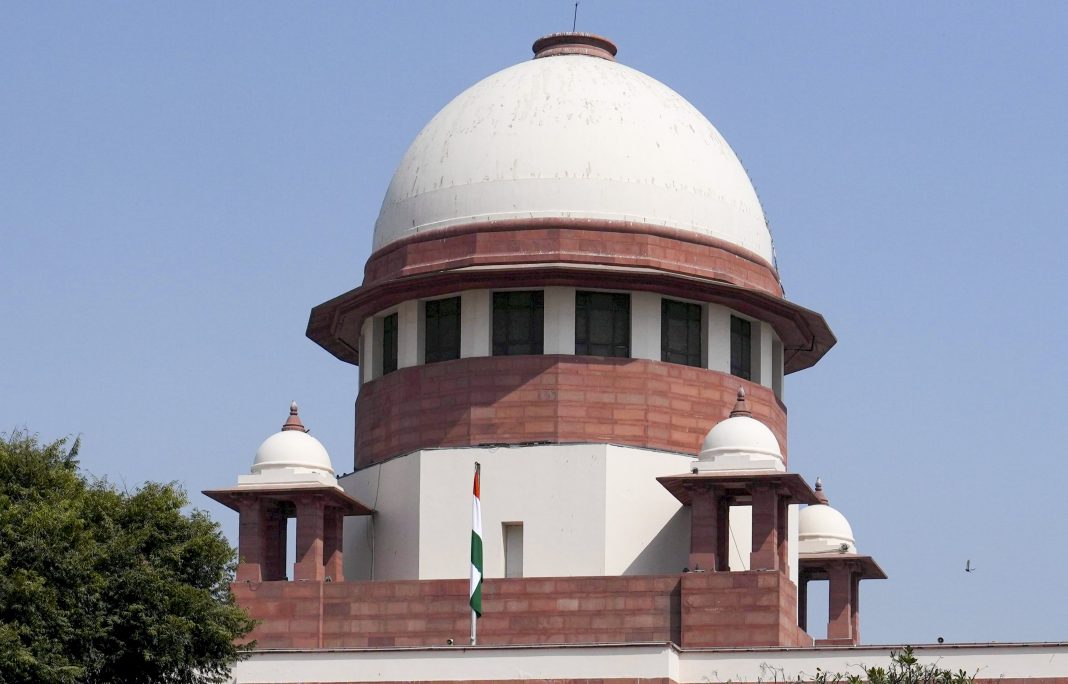By Dipak Kurmi
When Mark Zuckerberg conceived the idea of Facebook in the early 2000s, his vision was disarmingly simple—connecting the disconnected. What began in a college dormitory as a social experiment to foster community and enable people to share thoughts and experiences soon evolved into one of the most powerful platforms in human history. The idea was to provide basic services of social networking to as many people as possible, making it economically accessible even to those on the margins of privilege. It was meant to be a project to bring together voices from across the globe, shrinking distances, collapsing boundaries, and creating a virtual agora where conversations could flourish. But in little more than a decade, that agora became a political battleground, with consequences that have reshaped democracies, disrupted traditional campaigning, and given rise to leaders whose names were once confined to regional politics.
The initial expansion of Facebook and, later, other social media platforms such as Twitter, YouTube, Instagram, and eventually WhatsApp, was accompanied by the excitement of connectivity. It was not only ordinary individuals who joined the virtual community; businesses, too, found in it an inexpensive and effective forum to promote their products. Advertising, online sales, and digital marketplaces soon became central features, riding on the back of connectivity. Politics, however, was a far more natural occupier of this space, for political ideas, unlike commodities, require only imagination, strategy, and persuasion rather than tangible production lines. Social media, with its vast reach, became an irresistible tool for political actors. Even those who frowned upon the politicisation of these platforms gradually had to accept that social media had changed its very character—it had donned a political attire.
The Indian case provides one of the most dramatic illustrations of this transformation. In the run-up to the 2014 general election, India, with its 1.3 billion population, was preparing for a leadership transition. The Congress-led United Progressive Alliance was facing fatigue after a decade in power, and the electorate was yearning for a fresh narrative. Enter the Bharatiya Janata Party’s IT cell, which understood that the digital sphere could be weaponised for political gain. At the heart of this effort was the projection of Narendra Damodardas Modi, then the Chief Minister of Gujarat. While respected within his state, Modi’s name was not yet entrenched in the imagination of the wider Indian electorate as a national leader. The BJP’s digital strategists, aided by the political consultant Prashant Kishore, set out to change this reality.
Through carefully crafted campaigns, Modi’s image was amplified across Facebook, Twitter, and YouTube. A larger-than-life persona was created—one that resonated with aspirations of development, modernity, and strong leadership. The slogan “Sabka Saath, Sabka Vikas” captured the promise of inclusive progress, while online campaigns subtly painted Modi as the only leader capable of lifting India to global prominence. The digital campaign was not merely supplementary; it was central. By the time India went to the polls in 2014, the BJP had created a near-inescapable digital narrative, one that worked in tandem with ground-level mobilisation. The result was historic—the BJP secured an absolute majority, and Modi emerged not just as Prime Minister but as a political phenomenon whose rise was inseparable from the power of social media.
If 2014 was a national moment, the 2017 Uttar Pradesh election was its regional counterpart. Amit Shah, then the BJP president, orchestrated a strategy that made social media an even sharper weapon. Millions of cell phones in Uttar Pradesh buzzed continuously with messages, images, and appeals carefully designed to sway voters. What had once been entrenched caste-based voting patterns began to shift as Modi’s development narrative was delivered directly into people’s hands. The BJP won 325 of the 403 seats in the Uttar Pradesh Assembly—a feat unmatched since 1980. The victory made clear that social media was no longer just a platform of connectivity; it was an electoral tool of extraordinary potency.
From that point onwards, social media’s role in Indian politics became both undeniable and indispensable. Political parties across the spectrum, from regional outfits to national players, invested heavily in digital strategies. The Congress, the Aam Aadmi Party, and numerous state-based parties developed their own IT cells, recognising that ignoring the digital arena was tantamount to electoral suicide. Elections ceased to be fought only in dusty towns, sprawling villages, and urban rallies—they were also fought on WhatsApp groups, Twitter hashtags, Facebook pages, and now, increasingly, on Instagram reels and podcasts.
This change is not unique to India. Around the world, social media has transformed politics. The 2008 presidential campaign of Barack Obama in the United States demonstrated the early power of digital campaigning, where small donations and volunteer networks were mobilised online. A few years later, Donald Trump’s 2016 campaign revealed the darker side—where misinformation, targeted advertising, and viral narratives could tilt democratic processes. In the United Kingdom, the Brexit referendum was fought not only on television debates but in the shadows of Facebook feeds, where micro-targeted messaging reached undecided voters. Across continents, from Brazil to the Philippines, social media has elevated populist leaders and reshaped political communication.
Back in India, the evolution has continued apace. The last decade alone has witnessed the emergence of podcasting as a new medium and the rise of “influencers” who command audiences that rival or even exceed mainstream media channels. Political leaders are acutely aware of this shift. Rahul Gandhi’s “Bharat Jodo Yatra,” for example, was as much a physical journey as a digital one, amplified through carefully curated social media content. Similarly, Prime Minister Modi’s “Mann Ki Baat,” a monthly radio broadcast, is now disseminated widely on YouTube, Facebook, and WhatsApp, reaching audiences far beyond its original intent.
What makes social media uniquely powerful in politics is its capacity to bypass traditional gatekeepers. Where once newspapers, television editors, or government censors mediated information, social media allows direct communication between leaders and citizens. This access reduces censorship, increases the spread of information, and allows politicians to influence public opinion in real time. However, it also opens the floodgates to misinformation, echo chambers, and polarisation. The very accessibility that makes social media democratic can also make it dangerous. Fake news, doctored videos, and algorithm-driven virality have become weapons in political arsenals, often eroding trust in institutions and deepening societal divides.
The implications are profound. Social media has become not just a reflection of political discourse but a driver of it. Policies are debated, protests are organised, and governments are both praised and criticised in online spaces. In India, movements such as the anti-corruption protests of 2011, the Citizenship Amendment Act demonstrations of 2019, and the farmers’ protests of 2020-21 all relied heavily on digital mobilisation. Each of these moments underscored that social media is not just an appendage of politics; it is its lifeblood.
Looking ahead, the fusion of technology and politics will only deepen. Artificial intelligence, deepfakes, and data analytics are set to redefine campaigning. The future may see hyper-personalised political messages crafted not just for communities but for individuals, based on their digital footprints. At the same time, regulatory debates will intensify, as governments grapple with questions of censorship, privacy, and platform accountability. Already, India has proposed new rules for digital intermediaries, and around the world, countries are exploring mechanisms to balance free expression with safeguards against harm.
Yet amid this transformation, one truth remains constant—social media is no longer what Zuckerberg envisioned in his dorm room. It is no longer a neutral space for friendship, connection, or casual sharing. It is a theatre of politics, a marketplace of influence, and a battlefield of ideas. Whether this strengthens democracy or undermines it depends not just on the technology but on the choices of citizens, politicians, and regulators alike.
In India, the story of Modi’s rise and the BJP’s victories in 2014 and 2017 remain textbook cases of how social media can manufacture a political narrative and turn it into electoral reality. It was a turning point that showed the world the extraordinary power of the digital age. But it also posed uncomfortable questions—about manipulation, about truth, about whether the digital public sphere can truly serve the ideals of democracy.
Social media has irrevocably changed its character. It is no longer merely social; it is political, economic, cultural, and global. The challenge for our times is to ensure that this powerful tool, capable of building communities and dismantling prejudices, does not instead become an instrument of division. The future of politics, it seems, will be written not just in parliaments or on campaign trails, but in the feeds, posts, and tweets that shape the everyday lives of billions.
(the writer can be reached at dipakkurmiglpltd@gmail.com)




